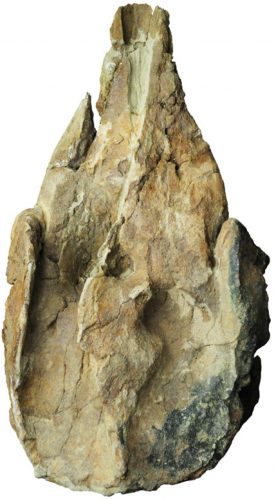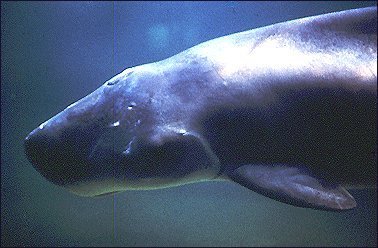
For this Fossil Friday we have a whale of a discovery to share, specifically the skull of a kogiid whale. Nanokogia isthmia is the first fossil kogiid whale found in the Central America and Caribbean region. It was collected from the Piña Facies of the Chagres Formation and is about 7.5 million years old (late Miocene). Kogiids are a family of odontocete (toothed) whales and are represented by only two species in the modern day, Kogia breviceps and Kogia sima. Although kogiids can be found in waters worldwide, they are quite rare both today and in the fossil record. This discovery of a kogiid whale in Panama helps show that these whales were a part of Neotropical marine communities since at least the late Miocene.
The description of this discovery was written by former PCP PIRE postdocs Jorge Velez-Juarbe (first author), Aaron Wood, and Austin Hendy and former STRI fellow Carlos De Gracia. Be sure to check out their publication on this fascinating find here.

Reference:
Velez-Juarbe, J., Wood, A. R., De Gracia, C., Hendy, A. J. W. (2015) Evolutionary Patterns among Living and Fossil Kogiid Sperm Whales: Evidence from the Neogene of Central America. PLoS ONE 10(4): e0123909. doi:10.1371/journal.pone.0123909